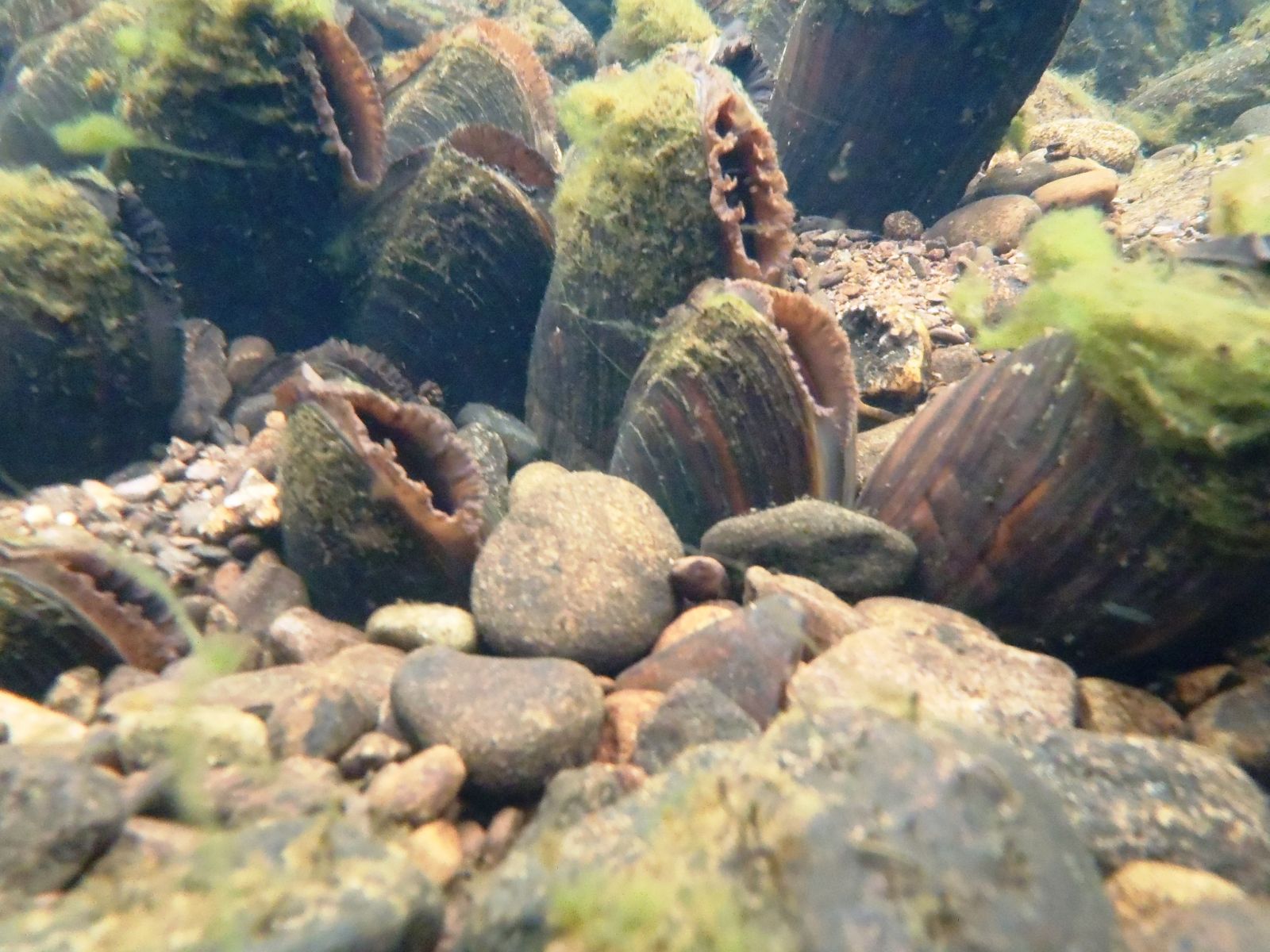About
The KerryLIFE project was a demonstration project in the Caragh and Blackwater catchment areas to support the local communities to restore populations of freshwater pearl mussel. The project between July 2014 and August 2020. This project demonstrated land use management for conserving freshwater pearl mussel populations of international importance. The project fully recognised the critical role farmers and forest-owners play in conserving the species and worked collaboratively with these stakeholders. The concrete conservation actions in KerryLIFE included drainage management, low impact livestock husbandry including low intensity grazing and nutrient management regimes to reduce sediment and nutrient loads, retrofitting and creating riparian woodland, restructuring commercial conifer plantations to long-term protective woodland, using sensitive conifer harvesting.
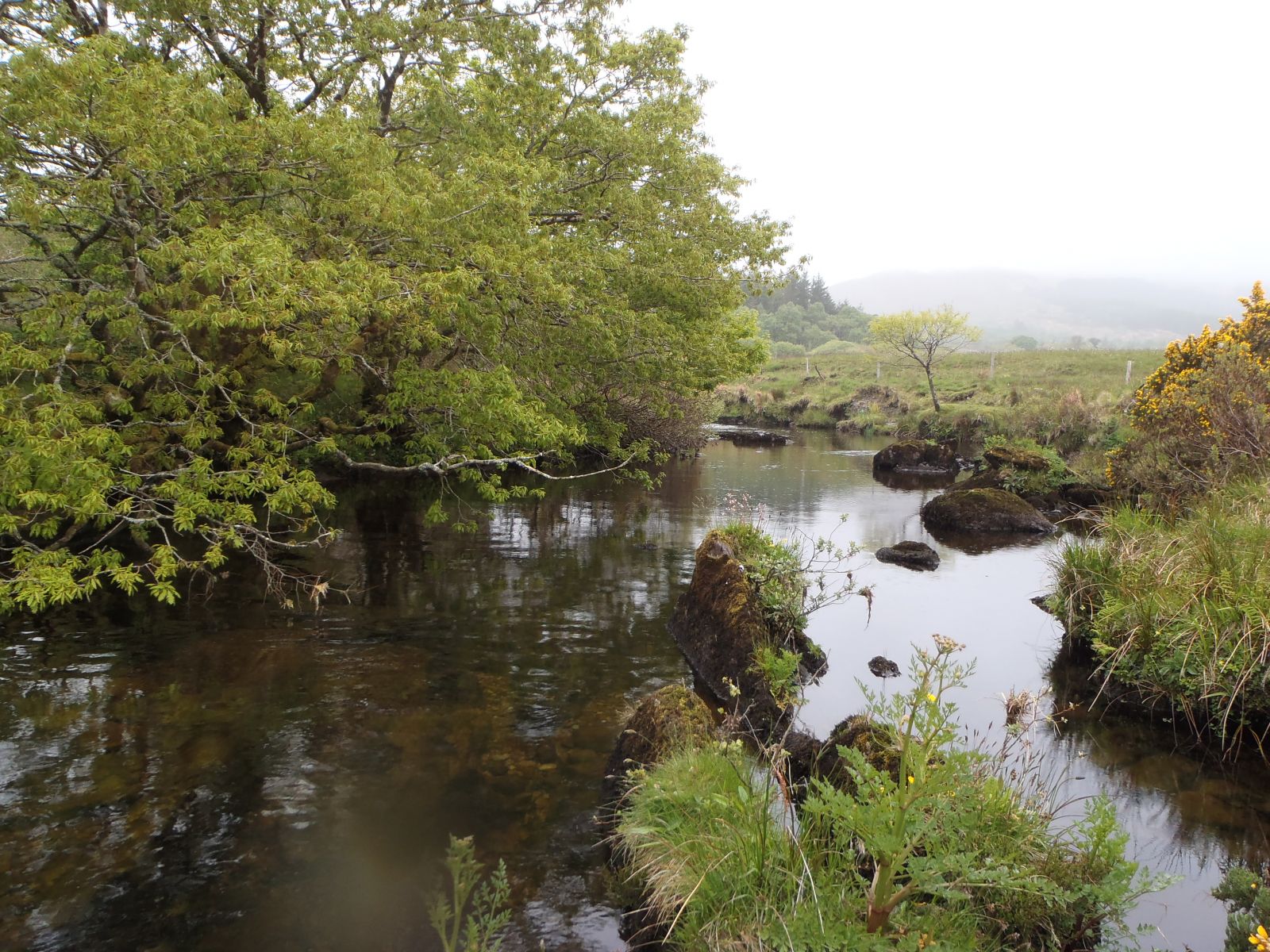
The demonstration and long term delivery of sustainable land use practices was contingent to a large extent on engaged local stakeholders. To that end, KerryLIFE focused on a suite of complimentary actions, to demonstrate the value of conserving of freshwater pearl mussel to local community and key end users.
Project partners
KerryLIFE was a partnership project between National Parks and Wildlife Service of the Department of Housing, Local Government and Heritage, Department of Agriculture, Food and the Marine, Forest Service, South Kerry Development Partnership Ltd, Coillte Teoranta and Teagasc. KerryLIFE was co-funded by the EU LIFE+ Nature programme.
 |
 |
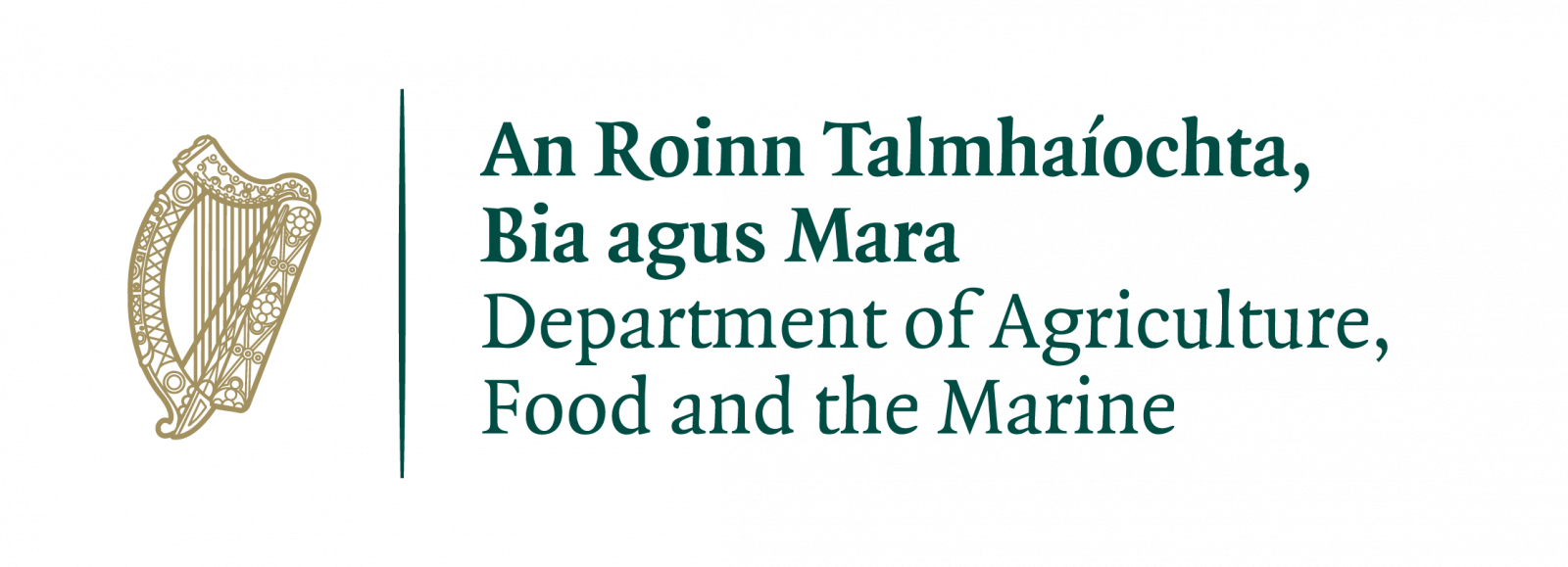 |
 |
 |
 |
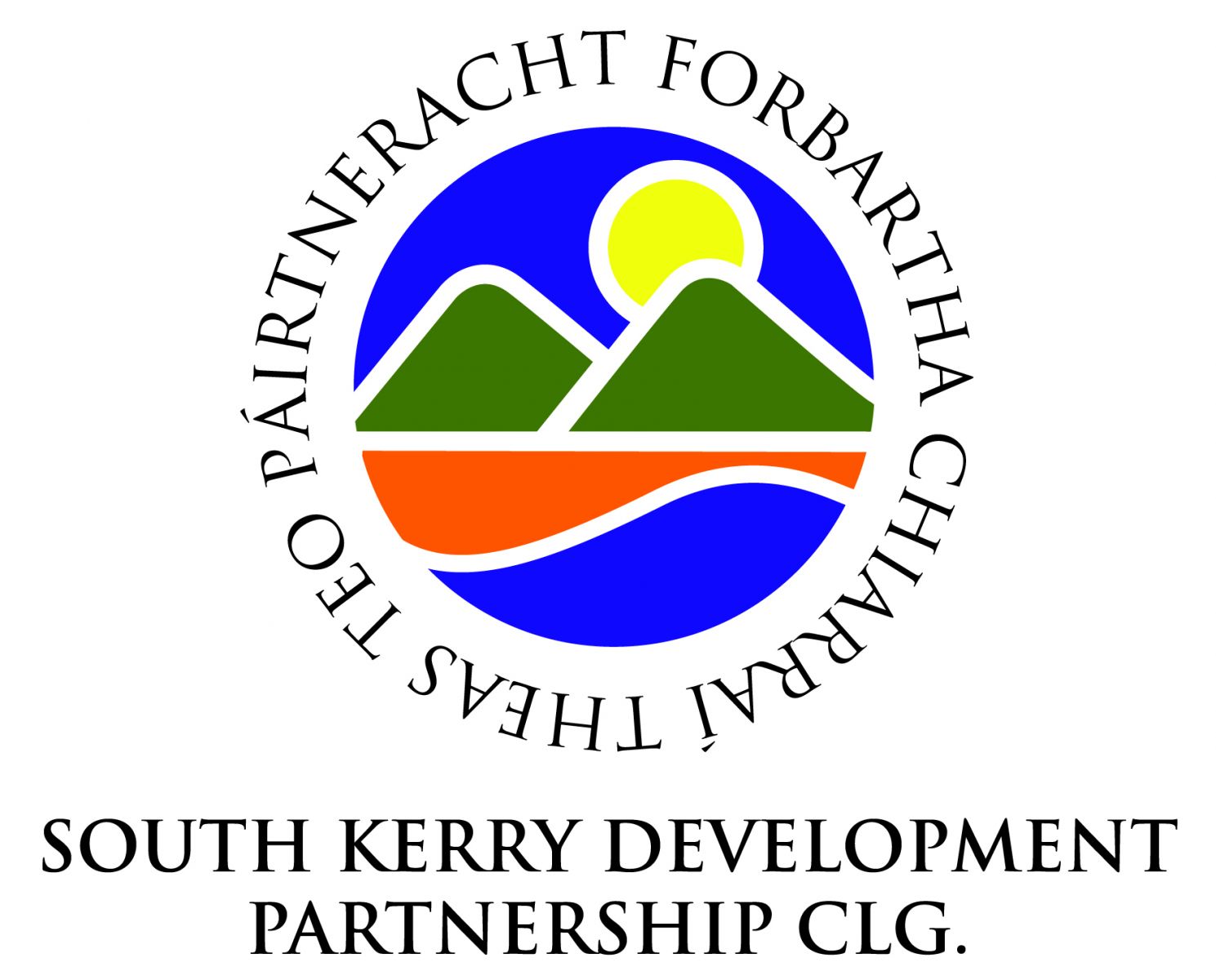 |
 |
LIFE Programme
The EU LIFE+ Nature programme is the EU’s funding instrument for the environment and climate action. The general objective of LIFE is to contribute to the implementation, updating and development of EU environmental and climate policy and legislation by co-financing projects with European added value.
 |
 |
KerryLIFE target species
The freshwater pearl mussel (Margaritifera margaritifera) is a large filter-feeding freshwater bivalve that is listed as critically endangered on the IUCN red list (Moorkens, 2011). It is generally found in cool, oligotrophic, acid to neutral rivers and streams over granite or sandstone bedrocks. Freshwater pearl mussel populations have dramatically declined in the last century and the species is now of poor conservation status throughout Ireland (NPWS, 2013, 2019). Three primary pressures have been identified: (i) excessive fine sediment inputs to its habitat, (ii) excessive nutrient inputs to its habitat and (iii) changes to the habitat hydrology.
The freshwater pearl mussel, Margaritifera margaritifera, is a bivalve, which is a type of mollusc with a body that is almost completely enclosed between a pair of shells. For most of its life it is a filter feeder and large quantities of water are pumped through the animal’s siphons, food particles are trapped and passed to the mussel's mouth. The freshwater pearl mussel burrows to two-thirds of its shell depth, and is almost sessile in nature; some individuals never move after they reach maturity. The species is particularly notable in that individuals can grow to very large sizes relative to the other freshwater molluscs, building up thick, calcareous valves, in rivers that are oligotrophic, with low levels of calcium. Shell building is consequently very slow and individuals often live to over a hundred years of age.
Freshwater pearl mussels have a complex reproductive cycle with separate male and female animals. Reproduction occurs when sperm are released into the open water via the male’s exhalent siphon in June, and are carried to the eggs via the female’s inhalant siphon. Following fertilisation within the female’s brood chambers, the eggs develop into a larval stage known as glochidia. Glochidia are temporarily brooded in the female’s gills from June each year, and are then released into the open water in high numbers in an event lasting one to two days between July and September. The glochidia must then be inhaled and attach to the gills of their intermediary host within 24 hours, i.e. Salmo salar or Salmo trutta. The glochidia that survive on the fish develop into juvenile mussels. They fall off in early summer (normally June) and bury themselves into gravel on the river bed for approximately five years, until large enough to withstand the flow of open water, moving stones and fish predation. High levels of mortality are associated with each stage of the life cycle, however, the juvenile stage living in the river bed is the most sensitive stage. Freshwater pearl mussels mature between seven and 15 years of age, and can have a prolonged fertile period lasting well into old age.
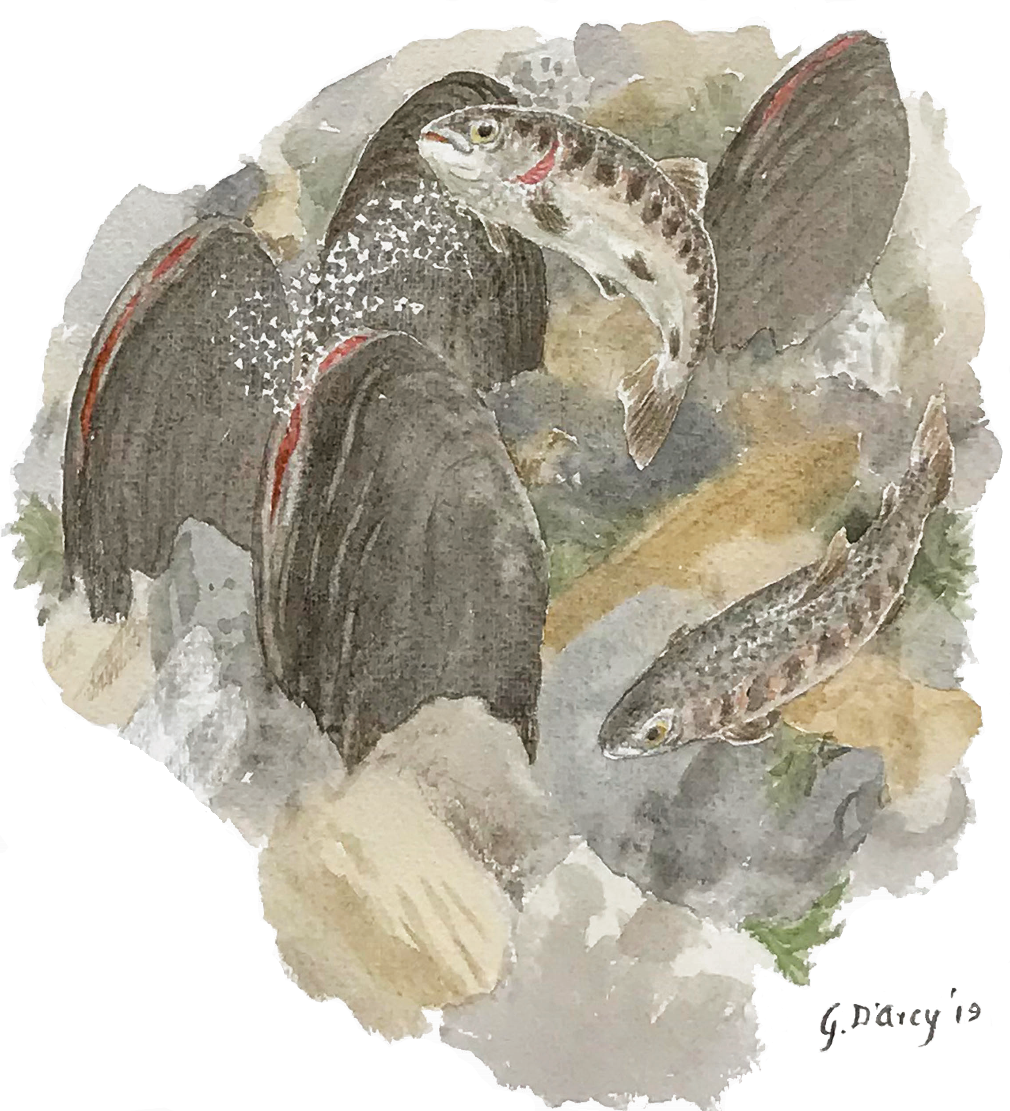
Freshwater pearl mussels in Ireland are restricted to oligotrophic, acid to neutral waters of rivers flowing over granite or sandstone bedrock, often downstream of oligotrophic lakes. The species requires stable cobble and gravel substrates, with very little fine material. Where fine sediment is absent from the river bed, free water exchange occurs between the open river and the water within the gravel substrate (the interstitial zone). This facilitates continuous, high oxygen levels essential for juvenile survival.
The mussel is a key species in the ecology of many Irish rivers helping to keep their waters clean thereby producing wider benefits for other aquatic biodiversity such as fish stocks. Ireland is regarded as a stronghold within Europe for the freshwater pearl mussel. This important ecological role makes it particularly vulnerable to changes in water quality and has therefore given it particular conservation value and specific protection under Europe's Habitats Directive. There are just over 100 populations of freshwater pearl mussel in the Ireland, some of which include two or more rivers in close enough proximity to one another. They are widely distributed in Ireland, being especially frequent in the west. The population target for freshwater pearl mussel adults in Ireland is 12,000,000.
KerryLIFE target populations
The Caragh and Blackwater catchments host the two largest populations of freshwater pearl mussel (Margaritifera margaritifera) in Ireland, each supporting in excess of 2,750,000 adults. These are two of the largest freshwater pearl mussel populations in Europe and account for approximately 46 % of the total Irish population and 23% of the total European Union population.
The freshwater pearl mussel populations and habitat in the project area are in unfavourable conservation condition. The major causes of the unfavourable conservation condition of both the Caragh and Blackwater freshwater pearl mussel populations are regarded as diffuse sediment and nutrient losses associated with agriculture and forestry.
Currently, the recruitment is insufficient to maintain the adult populations into the future and both are classified as being in unfavourable condition. The species has particularly stringent requirements, demanding high water clarity and low nutrient concentrations, higher than in most other aquatic species. It is adversely affected by siltation and by excessive algal cover.
Threats to the freshwater pearl mussel
Siltation: Silt infiltrates the riverbed blocking water exchanges between the river and the substrate. This reduces oxygen and food supply in the gravels leading to juvenile mussels deaths
Nutrient enrichment: Plant nutrients washing in from farm land and forestry promote the growth of algae and aquatic plants. These block the exchange of oxygen to the gravels and in severe cases dense algal growths lead to night time oxygen depletion and habitat loss.
Hydrological and morphological change: Land drainage to increase productivity for agriculture and forestry changes the flow pattern in rivers. Flood flows become more frequent and powerful, causing erosion of riverbeds and river banks. Summer flows become lower and drought conditions occur, exposing the mussel to air.

